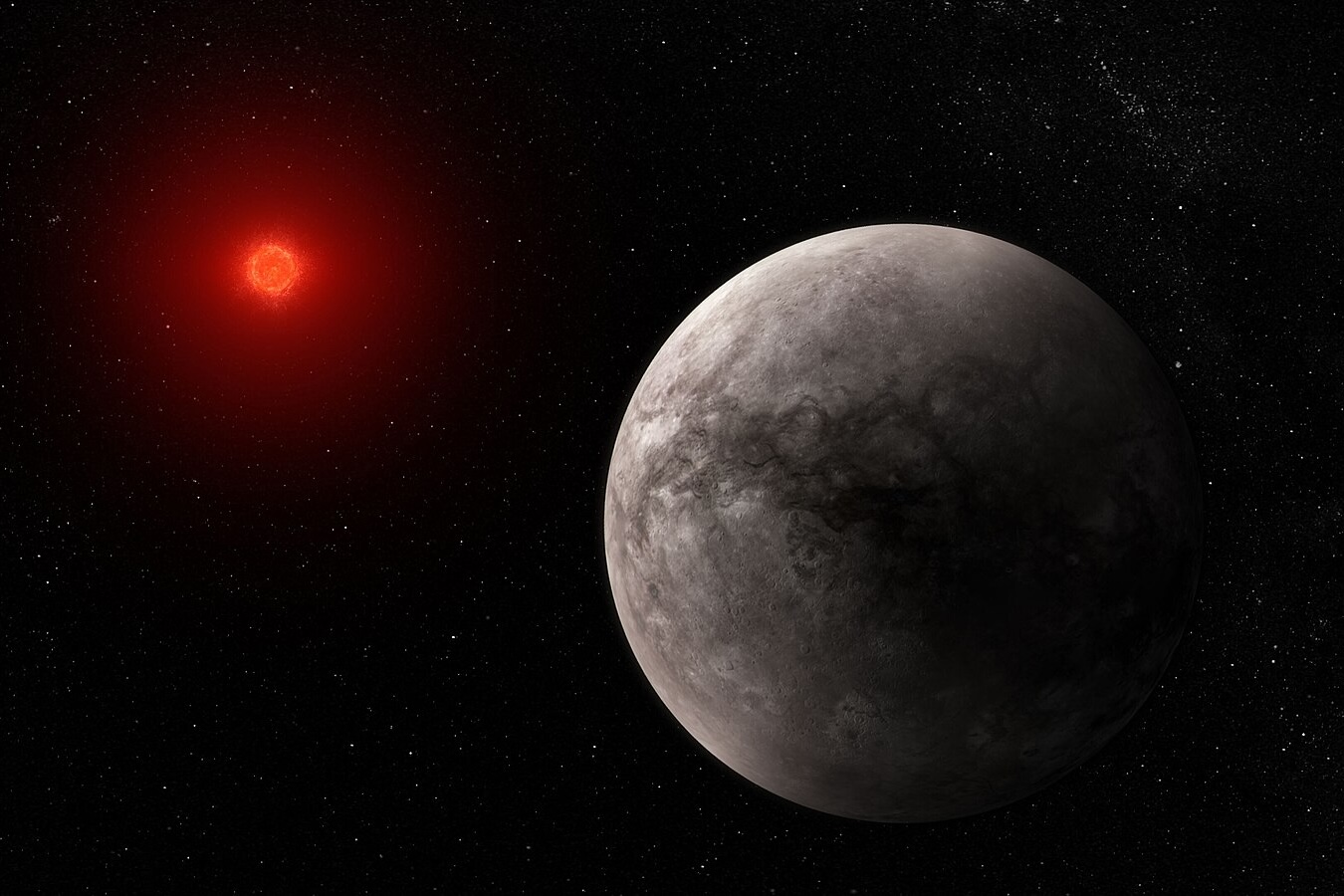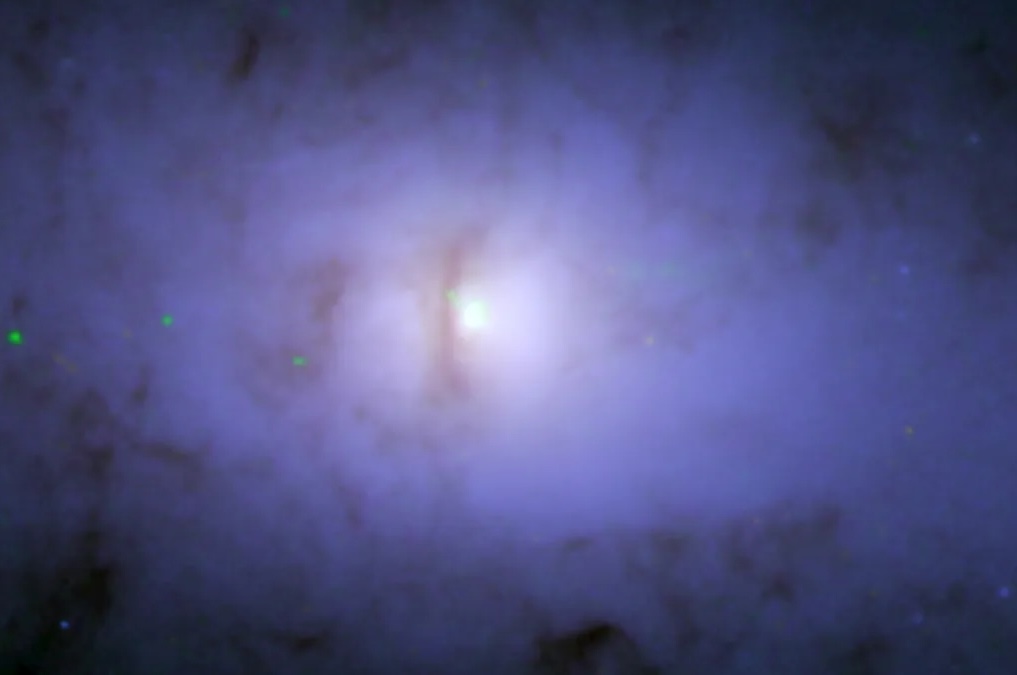In the journals JGR: Planets and JGR: Machine Learning and Computation, BAERI Research Scientist Ariel…
Team of Scientists, Including BAER’s Dr. Lucia Kleint, Obtained Some of the Highest Resolution Observations to Date of an “X-class” Solar Flare
On March 29, 2014, a team of scientists, including BAER’s Dr. Lucia Kleint, obtained some of the highest resolution observations to date of an “X-class” solar flare, the largest and rarest type of such solar eruptions. Solar flares are classified into different categories, with X (for eXtreme) being the most energetic type. X-class flares occur less than once per month on average, but a year or more can pass without any occurring at all. The eruption was observed by many ground- and space-based telescopes simultaneously, making it one of the best observed flares in solar research.
The event was captured as part of a NASA-funded study (Living with a Star Program [http://lws.gsfc.nasa.gov/]) led by Dr. Kleint, together with collaborators Dr. Alberto Sainz Dalda (Stanford University), Dr. Kevin Reardon (National Solar Observatory), and Dr. Paul Higgins (Trinity College Dublin, Ireland). The study aims to develop a greater understanding of such flares by combining data from many telescopes. When large flares erupt toward Earth, it may result in enhanced northern lights, satellite malfunctions, rerouting of air traffic, and blackouts of radio, GPS, and power grids.
The international team was leading an observing campaign at the National Solar Observatory in New Mexico and managed to record the event with multiple cameras and different filters. It was also captured by NASA’s IRIS, SDO, SOHO, and RHESSI satellites, and the Japanese Hinode satellite. “We were very lucky to catch such a rare event and especially during ideal observing conditions”, said Kleint, “The magnification of our images is so large that the cameras can only record 0.1% of the solar disk. We can resolve details of size scales of less than 100 miles in a flare that is larger than three-times the size of the Earth.”
This dataset provides unprecedented detail of the solar flare’s evolution, from its onset in a region of just a few thousand miles, and through its expansion into interplanetary space. By studying such example events in detail, scientists hope to learn how to better predict the conditions leading to future flare occurrences, ultimately to protect our technology from space weather.



